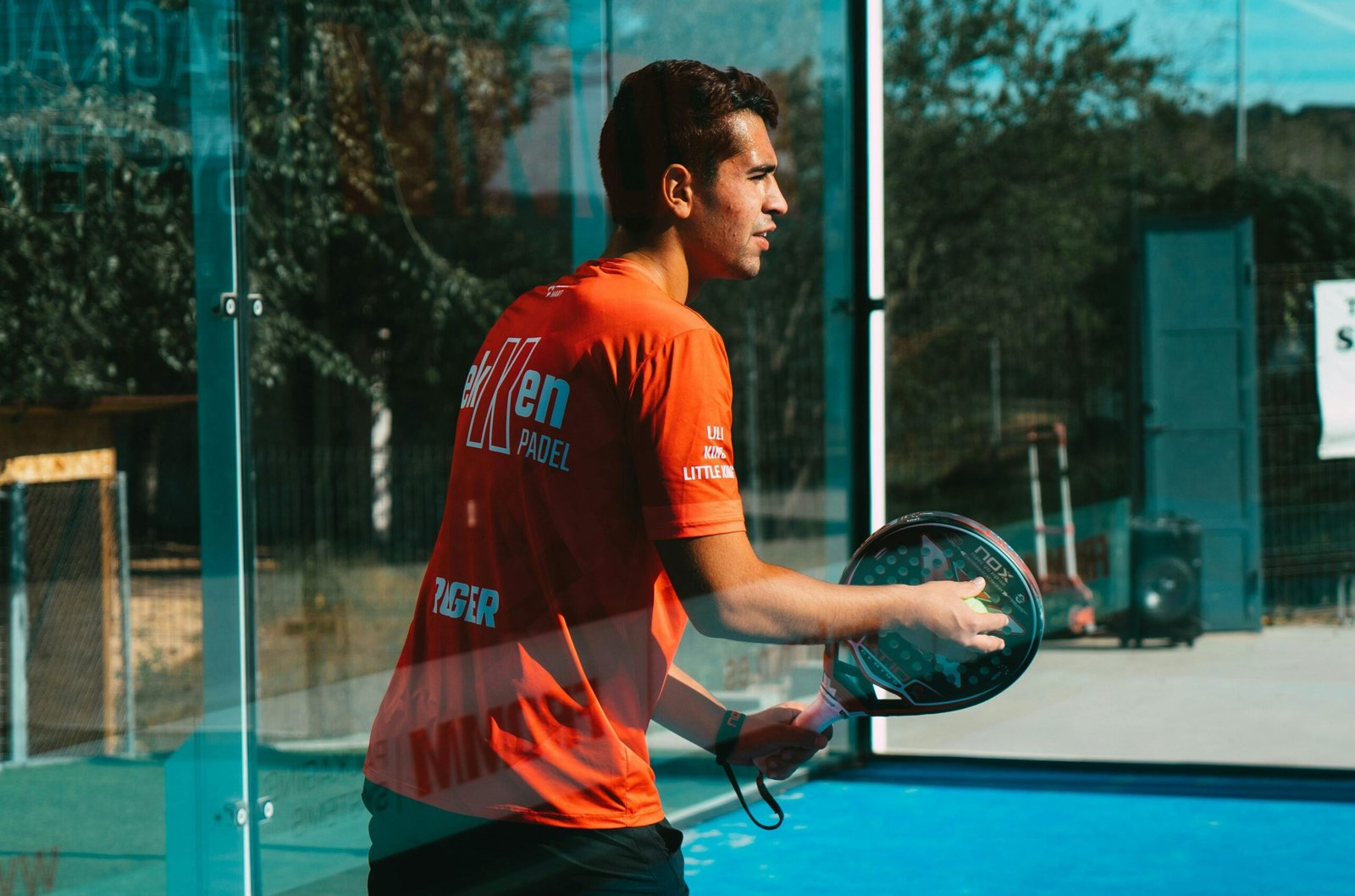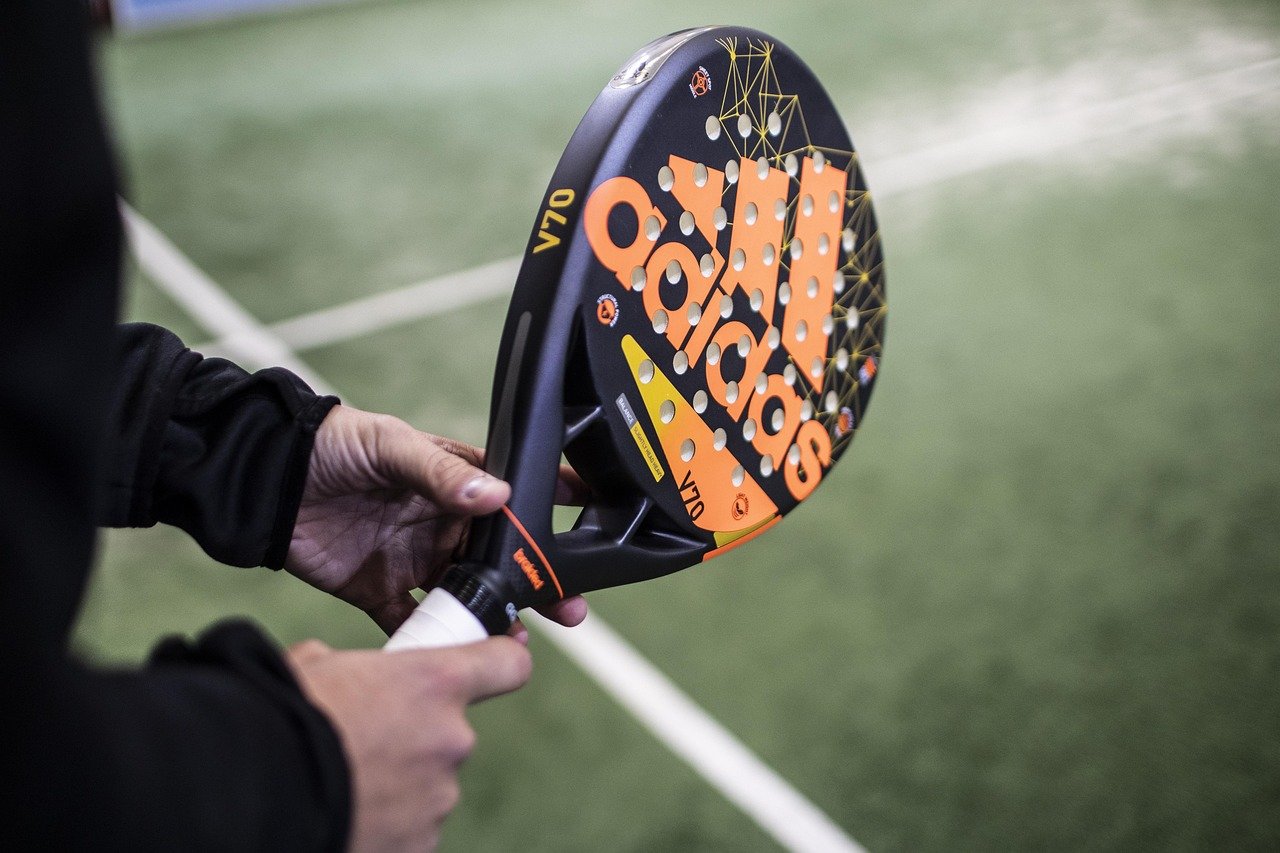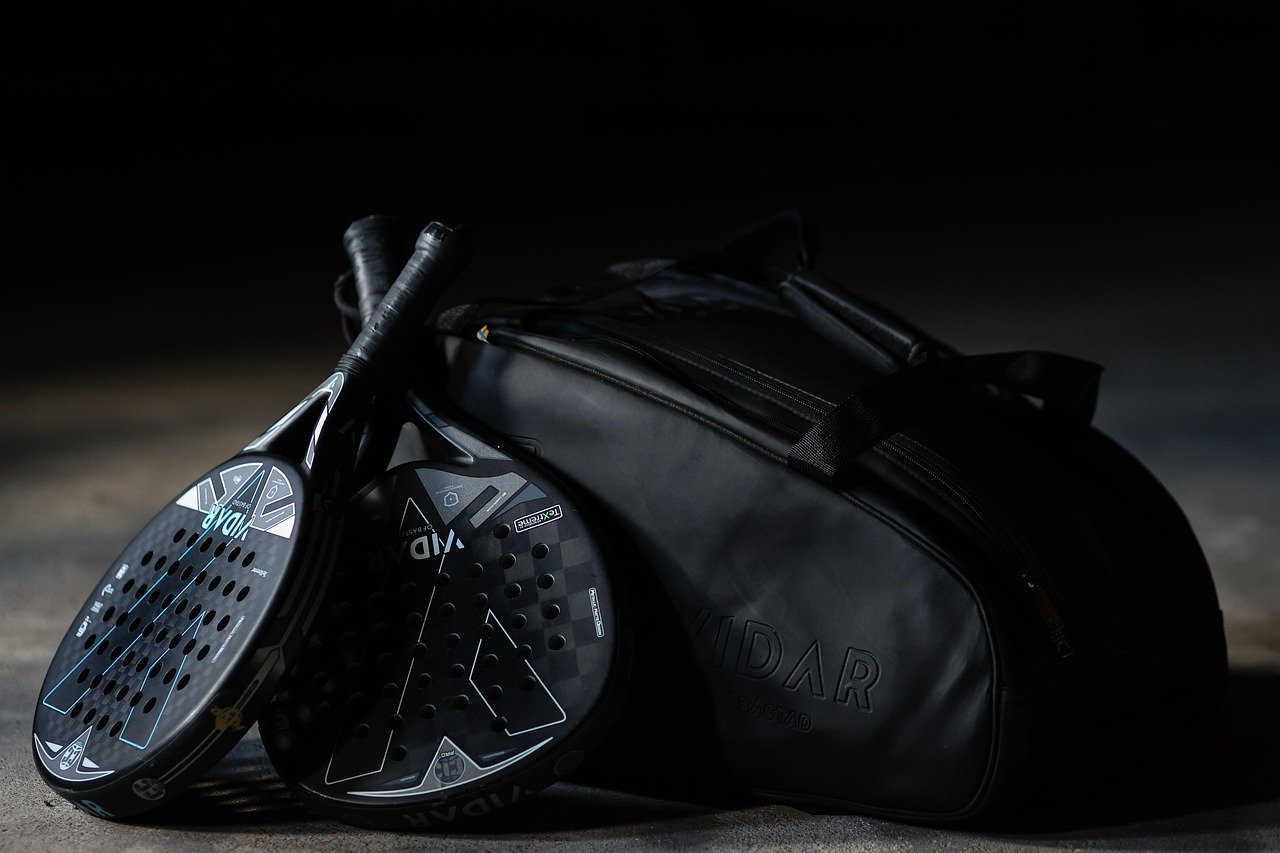In padel, great defence often wins matches. While powerful smashes and flashy volleys may catch attention, it’s consistent defensive play that turns lost rallies into winning points. The enclosed court and wall dynamics make padel unique, and mastering how to use these features to your advantage is what separates beginners from experienced players.
In this guide, we’ll explore the mindset, positioning, technique, and wall usage that make a strong defensive player. Whether you’re a beginner learning to stay in rallies or an intermediate player trying to turn defence into attack, understanding the art of padel defence will elevate your game.
Understanding the Defensive Mindset
The best defenders in padel share one thing in common — patience. Defence isn’t just about returning the ball; it’s about staying calm under pressure and forcing your opponents to make mistakes. A defensive rally gives you time to reset, regain position, and prepare for counter-attacks.
Padel rewards players who can think strategically rather than just react physically. When you’re defending, the goal isn’t to hit the winner — it’s to recover control of the point. This often means slowing the pace, returning high and deep, and letting your opponents overcommit at the net.
Defensive Positioning and Footwork
Positioning is the foundation of solid defence. Most defensive situations occur when you’ve been pushed back near the baseline, or when your opponents have taken the net. Knowing where to stand and how to move will dictate how well you can respond.
- Stay compact as a pair. Always move in coordination with your partner. A defensive team that leaves gaps is an easy target for smashes and angled volleys.
- Keep your knees bent and weight forward. This athletic stance allows for quicker reactions to rebounds and unpredictable bounces off the wall.
- Avoid drifting too deep. Standing too close to the back wall limits your swing and reaction time. Ideally, keep one or two steps between you and the glass.
- Recover position immediately after each shot. Don’t admire your returns. Step back into your defensive stance, ready for the next ball.
Footwork should be light and consistent. Unlike tennis, you’ll often have to adjust for wall rebounds, so small side steps and quick pivots are more useful than big, explosive movements.
Reading the Play: Anticipation in Defence
Anticipation is what turns defence into control. Watch your opponents’ body language and racket angle to predict where the ball will go. If they’re about to smash, position yourself to take advantage of the rebound.
- When the opponent is overhead: Expect a fast ball off the glass. Keep your racket up and move slightly back to read the bounce.
- When the opponent slices or hits a vibora: Anticipate side spin — the ball will rebound lower and to the side. Adjust your stance accordingly.
- When at the back of the court: Stay relaxed and wait. Rushing to the ball before it reaches the glass usually results in mishits.
The key is to make defending feel deliberate, not desperate. Anticipation gives you control of tempo and positioning.
Using the Walls to Your Advantage
Walls aren’t obstacles in padel — they’re allies. A well-timed wall rebound can turn a losing position into a neutral or even attacking one. The more you play, the more you’ll learn to judge angles and bounce speed.
The Back Wall
The back wall is the cornerstone of padel defence. Instead of trying to hit the ball before it reaches the glass, allow it to bounce off the wall and return it smoothly.
- Step back early to give yourself time to read the rebound.
- Keep your racket low for soft or low rebounds; raise it slightly for high bounces.
- Follow through gently — you don’t need power; precision is key.
A common beginner mistake is to panic when the ball heads towards the glass. Trust the rebound. With practice, the back wall becomes a reliable reset point for regaining rally control.
The Side Walls
The side walls can be trickier but are equally valuable for defence. Balls that clip the corner or hit with side spin can change direction unpredictably.
- Position your body square to the corner when expecting a ball off both the side and back wall.
- Use your non-dominant hand for balance as you pivot and prepare your swing.
- Don’t overhit. Let the wall absorb the pace, and simply guide the ball back into play.
When mastered, side wall rebounds allow you to neutralise aggressive cross-court shots and redirect the rally to a more comfortable zone.
Defensive Shot Selection
Defensive padel isn’t about power; it’s about precision and control. The right shot can buy you time to recover or even flip the rally in your favour.
The Lob
The lob is your most valuable defensive shot. A well-placed lob forces opponents off the net, breaks their momentum, and resets the rally.
- Aim high and deep, just inside the baseline.
- Use an open racket face and controlled wrist.
- Avoid flat lobs — they’re easier to smash.
The Slow Drive
A soft drive, placed deep into the corners, limits your opponent’s angle of attack. It’s particularly effective after a wall rebound.
- Hit with medium pace and plenty of control.
- Keep it low to make it bounce awkwardly for the net player.
The Defensive Volley
Sometimes you’ll find yourself forced to volley defensively near the net. The key is to block rather than hit.
- Keep your racket steady and compact.
- Redirect the ball with your opponent’s pace, not your own.
Defensive shots aren’t glamorous, but they build the foundation for future attacks.
Turning Defence into Attack
The mark of a high-level padel player is the ability to switch seamlessly from defence to offence. When your opponents lose balance or position, take the opportunity to move forward.
- After a successful lob: Advance to mid-court or net position as your opponents retreat.
- When you’ve pushed them back: Anticipate the short ball and attack with a controlled volley.
- Look for weak returns off your defensive shots — especially rebounds that land high.
The best padel pairs don’t just defend — they defend with purpose. Every return, rebound, or lob is designed to create space for the next offensive opportunity.
Common Defensive Mistakes and How to Avoid Them
- Standing too close to the back wall. It reduces reaction time and causes rushed shots.
- Panicking under pressure. Take a breath, read the ball, and trust the rebound.
- Overhitting defensive shots. You don’t need to win the point — just reset it.
- Poor communication. Always call shots with your partner, especially on rebounds.
- Failing to reposition. Defence is dynamic — movement and awareness are everything.
Practising Defence
You can’t master defence without repetition. Practise specific scenarios in training:
- Have a partner feed smashes for you to defend off the wall.
- Work on corner rebounds until you can read angles instinctively.
- Alternate between defensive and attacking drills to develop transitions.
The goal is to make defensive responses feel automatic, freeing your focus for positioning and strategy.
The Mental Side of Defence
Defence is as psychological as it is physical. It requires confidence, patience, and discipline. Staying calm when under constant attack is what defines great players.
Visualise each defensive play as a small victory. Every extra shot you return increases the chance of an opponent’s mistake. Over time, this mental resilience becomes your biggest weapon.
Final Thoughts
In padel, the walls are your best friends. Once you stop fearing them and start using them, your game will change entirely. Defence isn’t about survival — it’s about control, patience, and precision. Mastering your wall play, positioning, and anticipation will turn you into the kind of player opponents dread — the one who never gives up on a point.
With practice and the right mindset, your defensive strength will not only keep you in rallies longer but create openings to attack when the moment is right. Defence in padel isn’t passive — it’s tactical, intelligent, and essential.



